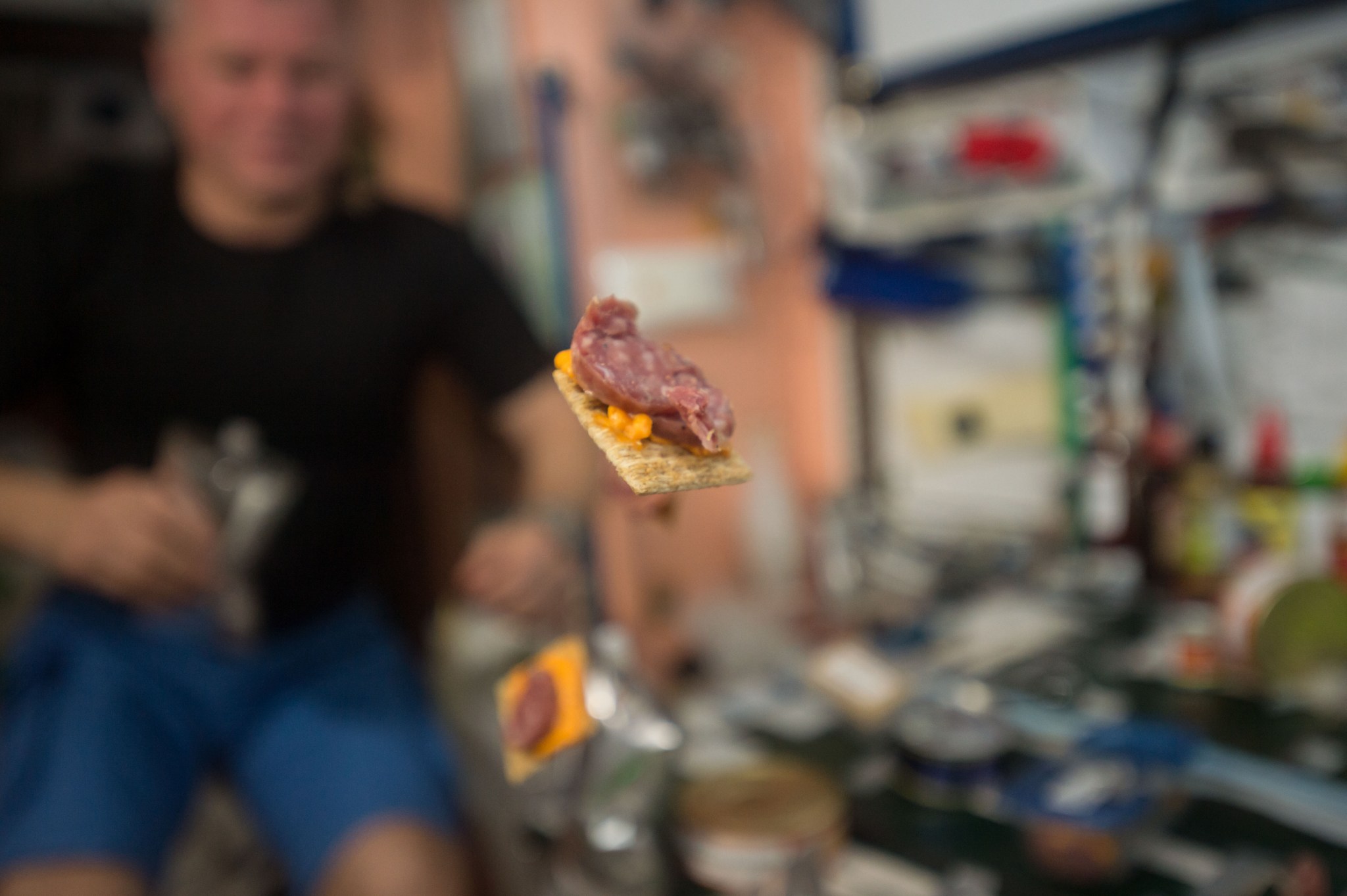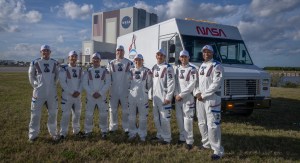Imagine eating the same meals every day for weeks, maybe months. Even the most appetizing dishes may start to lose their appeal.
In space, menu fatigue can have serious consequences. Lost appetites could result in astronauts not eating enough food, which may lead to body mass loss, nutritional deficiencies, and other health issues.
Because the effects of menu fatigue could likely worsen as mission durations increase, NASA turns to researchers like Dr. Grace Douglas, lead scientist for the Advanced Food Technology project at NASA’s Johnson Space Center in Houston. Douglas heads a study that probes how eating the same menu items changes the appeal of those foods during long-duration spaceflight.
“This is the first time we are systematically collecting food acceptability data in real-time throughout the spaceflight mission, which will provide insights into the use of the system, onset of menu fatigue, and strategies for exploration food system design,” Douglas explained.
For the investigation, selected astronauts aboard the International Space Station take a weekly survey in which they rate the acceptability of the food and beverage items consumed during mealtimes. The overall acceptability of food is determined by several considerations, including appearance, flavor, texture, aroma, and other factors. Douglas and her team seek to analyze the responses of at least 13 astronauts for the study.
Patterns found and insight gained from completed questionnaires will help NASA build strategies to improve the design of current and future space food systems for multi-year missions. On Earth, the results of the study could help improve the nutritional intake of the elderly in residential homes and patients in hospitals.
“Collection is ongoing,” Douglas said. “Initial results support that personal preference is important, but variety in general is key.”
Curbing menu fatigue is one of many challenges tied to designing food systems for longer and farther spaceflight missions. To help, NASA’s Deep Space Food Challenge calls on innovators to generate viable ideas that can provide safe, nutritious, and delicious food to astronauts headed to the Moon and Mars.
______
NASA’s Human Research Program, or HRP, pursues the best methods and technologies to support safe, productive human space travel. Through science conducted in laboratories, ground-based analogs, and the International Space Station, HRP scrutinizes how spaceflight affects human bodies and behaviors. Such research drives HRP’s quest to innovate ways that keep astronauts healthy and mission-ready as space travel expands to the Moon, Mars, and beyond.

































